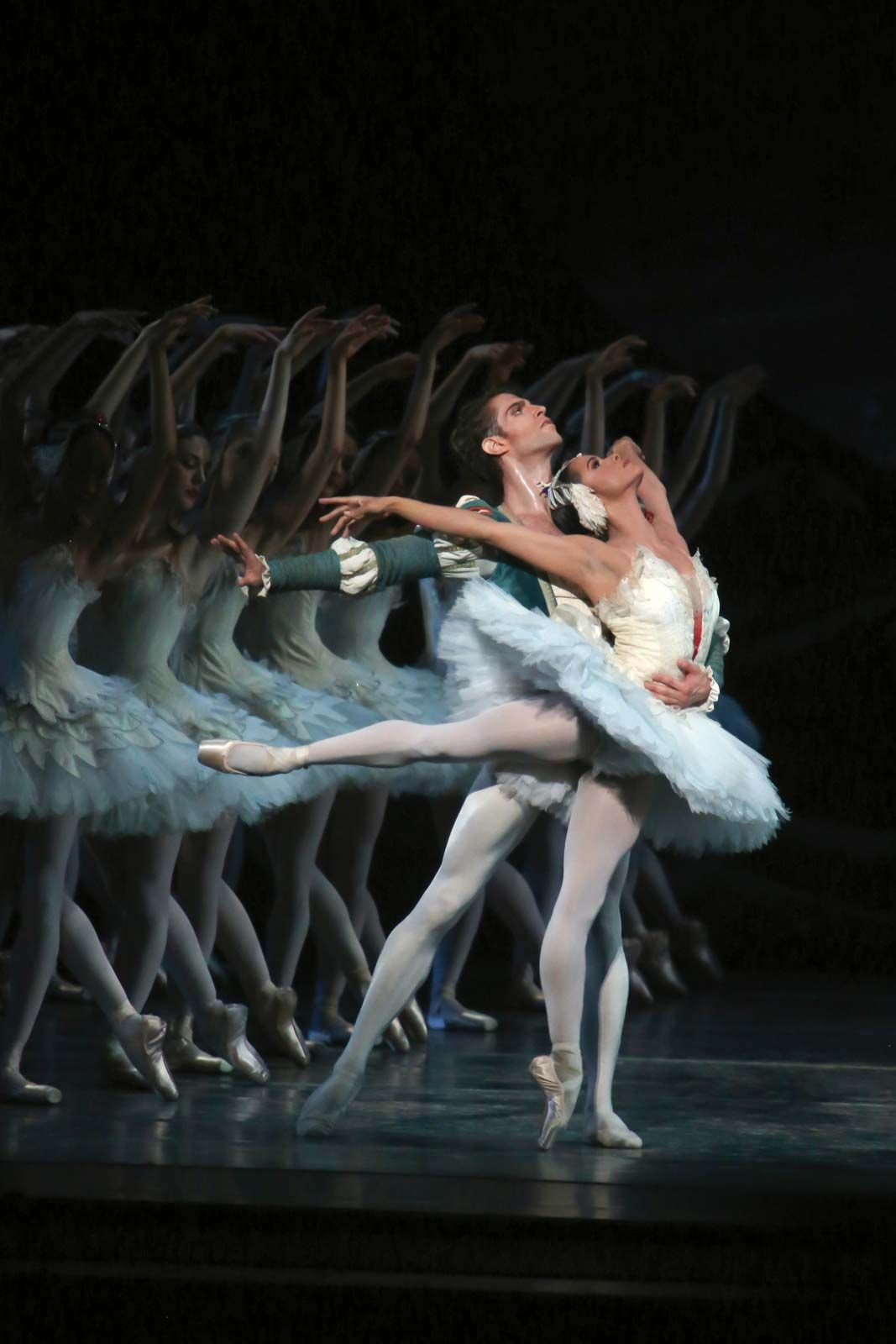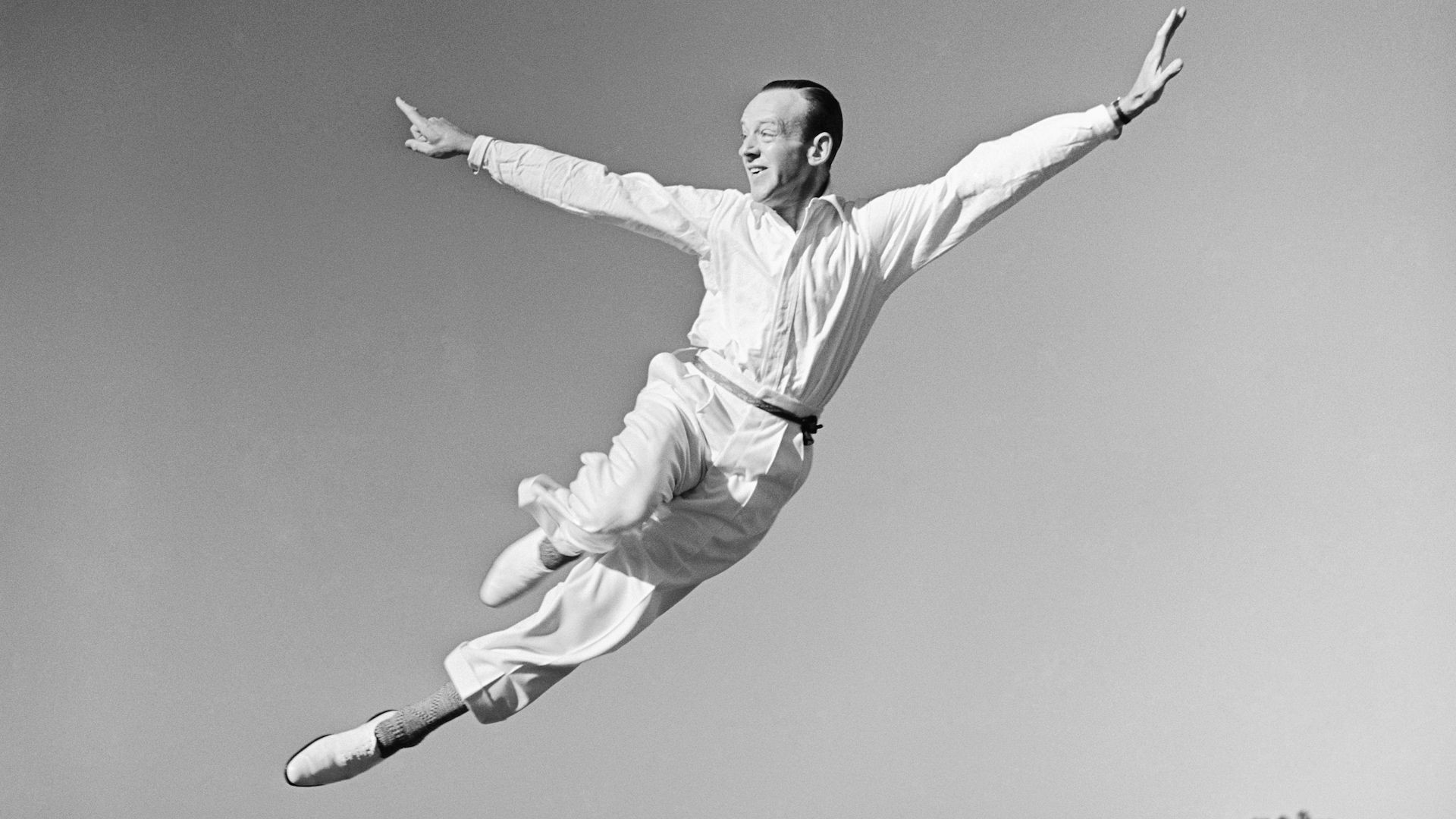Dance is fundamentally the rhythmic movement of the body, often set to music and performed within a defined space. It serves as a powerful medium for expressing ideas and emotions, releasing physical energy, and finding joy in the act of moving itself.
While dance is a natural human impulse, the art of dance elevates this impulse through skilled execution. Talented dancers channel raw movement into expressive performances that captivate audiences, even those who don’t personally dance. The essence of dance lies in this duality: it is both an intrinsic urge and a highly refined art form practiced by dedicated professionals. This connection between spontaneous expression and skillful artistry is a defining characteristic of dance, perhaps more so than in other art forms. Neither aspect can truly exist without the other in the realm of dance.
Throughout history, philosophers and dance critics have attempted to Define Dance, often reflecting the specific styles they were most familiar with. Aristotle, in his Poetics, described dance as rhythmic movement intended to “represent men’s characters as well as what they do and suffer.” This definition highlights dance’s crucial role in classical Greek theatre, where the chorus used movement to embody the drama’s themes during lyrical interludes.
 Misty Copeland and James Whiteside performing Swan Lake, American Ballet Theatre, 2015
Misty Copeland and James Whiteside performing Swan Lake, American Ballet Theatre, 2015
Misty Copeland and James Whiteside of the American Ballet Theatre exemplify the art of dance as they perform in Swan Lake, showcasing grace and technical skill at the Metropolitan Opera House in New York City in 2015.
In 1721, English ballet master John Weaver defined dance as “an elegant, and regular movement, harmoniously composed of beautiful Attitudes, and contrasted graceful Posture of the Body, and parts thereof.” Weaver’s definition clearly reflects the stately and formal ballet of his era, emphasizing formalized aesthetics and restrained emotion characteristic of courtly dance. Similarly, 19th-century French dance historian Gaston Vuillier emphasized grace, harmony, and beauty. Vuillier contrasted “true” dance with what he considered the unsophisticated, impulsive movements of early humans:
The choreographic art . . . was probably unknown to the earlier ages of humanity. Savage man, wandering in forests, devouring the quivering flesh of his spoils, can have known nothing of those rhythmic postures which reflect sweet and caressing sensations entirely alien to his moods. The nearest approach to such must have been the leaps and bounds, the incoherent gestures, by which he expressed the joys and furies of his brutal life.
In the 20th century, dance critic John Martin shifted focus, downplaying the formal aspects of dance and emphasizing its role as a physical outlet for inner feelings. This perspective aligned with his affinity for the Expressionist movement in modern American dance. Martin stated, “At the root of all these varied manifestations of dancing . . . lies the common impulse to resort to movement to externalise states which we cannot externalise by rational means. This is basic dance.”
Therefore, a comprehensive definition of dance must return to the core idea that dance is an art form or activity employing the body and its full range of motion. Unlike everyday movements related to work, travel, or survival, dance movements transcend practical necessity. While dance can incorporate movements from these activities, as seen in work dances across many cultures, even in utilitarian forms, dance movements are not merely functional labor. Instead, they are infused with elements of self-expression, aesthetic pleasure, and entertainment.
 Fred Astaire demonstrating dance moves and career beginnings
Fred Astaire demonstrating dance moves and career beginnings
A young Fred Astaire, a legendary dancer and choreographer, is captured in a still frame, highlighting the early stages of a career that would redefine dance on screen and stage. His story exemplifies how dedication and skill transform natural movement into extraordinary dance art.
This exploration into defining dance touches upon the techniques, components, and aesthetic principles that underpin its appreciation as an art form. Further study into diverse dance styles and choreography across cultures reveals the vast and rich world of dance. Explore African dance, Western dance, and folk dance to deepen your understanding of this multifaceted art.
